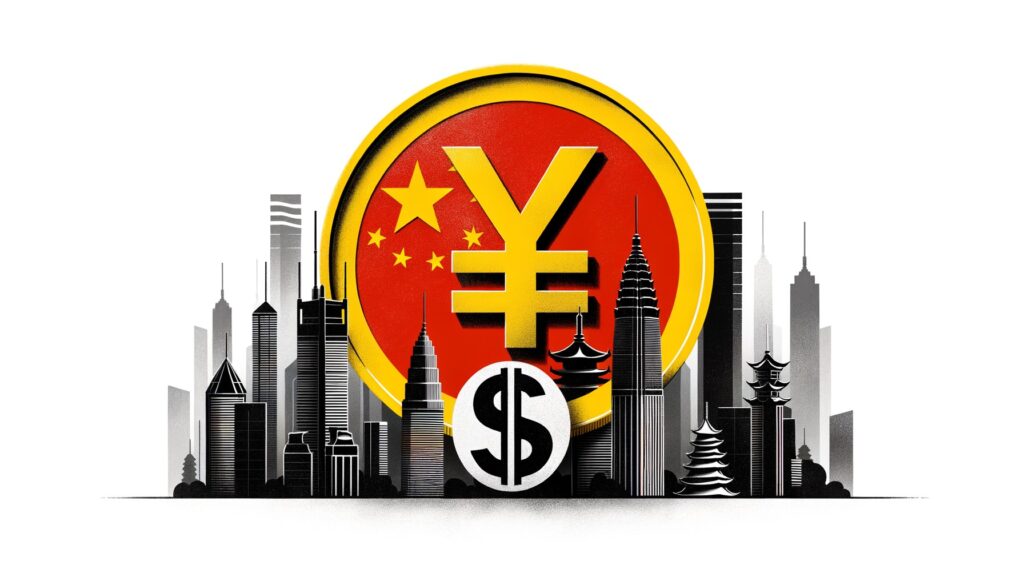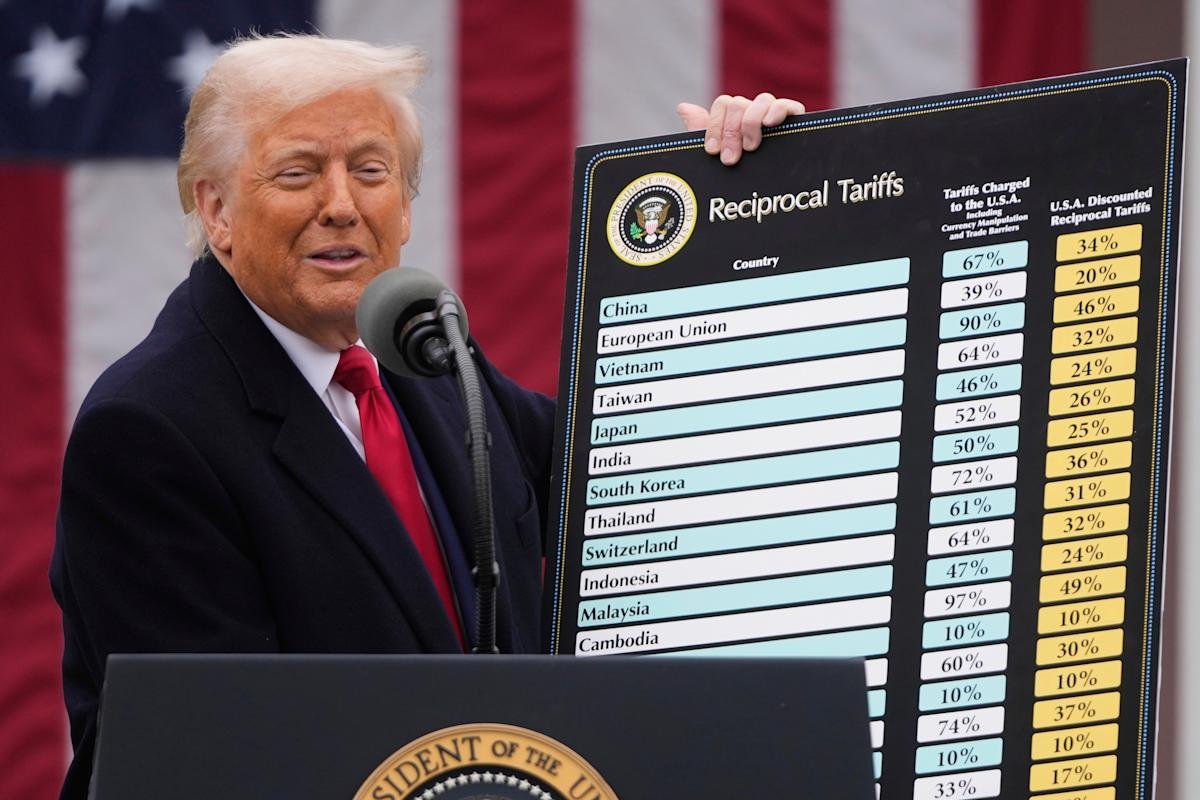What’s going on here?
The Chinese yuan gained ground against the dollar, which has fallen to a seven-month low amid growing expectations of US Federal Reserve interest rate cuts next month.
What does this mean?
The yuan strengthened as China maintained its benchmark lending rates, benefiting from a broad rally in Asian currencies. It opened at its highest level since August 5, trading at 7.1295 per dollar. The US dollar, meanwhile, is under pressure ahead of the Federal Reserve’s Jackson Hole symposium, where investors expect Fed Chair Jerome Powell to hint at interest rate cuts. While China’s steady rates and potential for further easing lend support to the yuan, significant gains are tempered by the broad US-China rate differential. Despite the yuan’s recent 1.1% appreciation against the dollar, it’s still down 0.6% for the year, affected by sluggish domestic demand and capital outflows.
Why should I care?
For markets: Navigating currents of change.
The potential for US rate cuts has investors closely watching global currency dynamics. A weaker dollar could spell opportunities and risks for various markets, influencing investment flows and strategies. Asian markets, buoyed by these developments, may see increased foreign interest, though concerns over China’s economic health and domestic policy moves remain critical.
The bigger picture: Broader economic ripples.
China’s economic strategy, juxtaposed with US monetary policy shifts, highlights the interconnectedness of global markets. This currency fluctuation impacts international trade, investment decisions, and geopolitical relations. As China navigates its economic challenges with cautious monetary easing, the rest of the world will closely monitor these shifts, particularly in light of ongoing US-China economic tensions and the global post-pandemic recovery.







